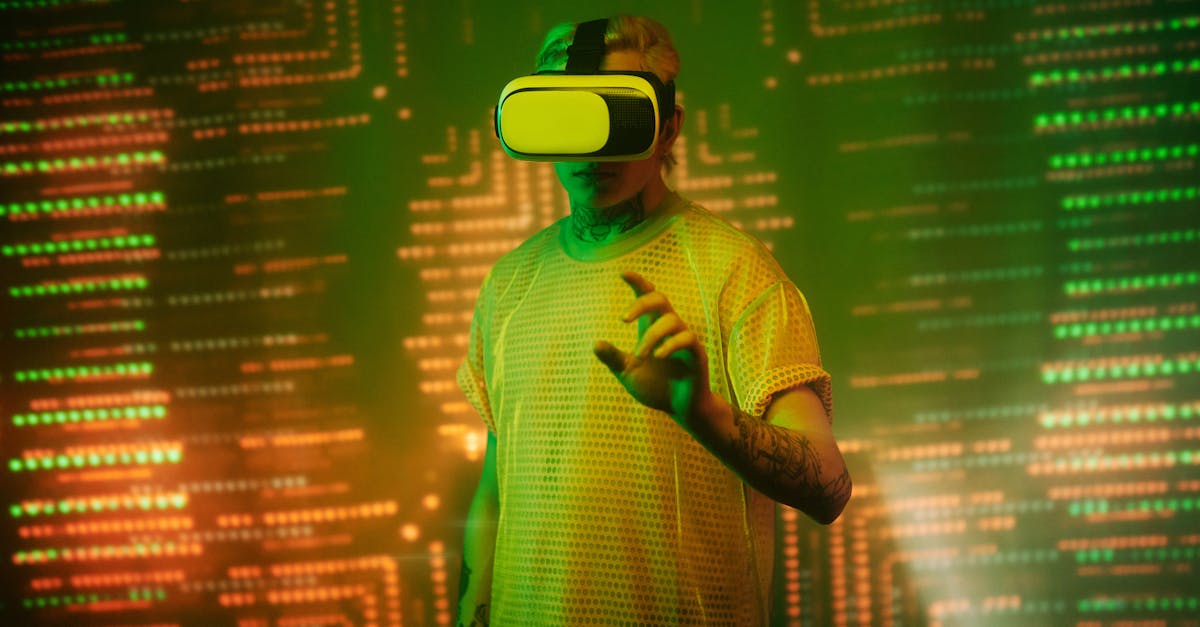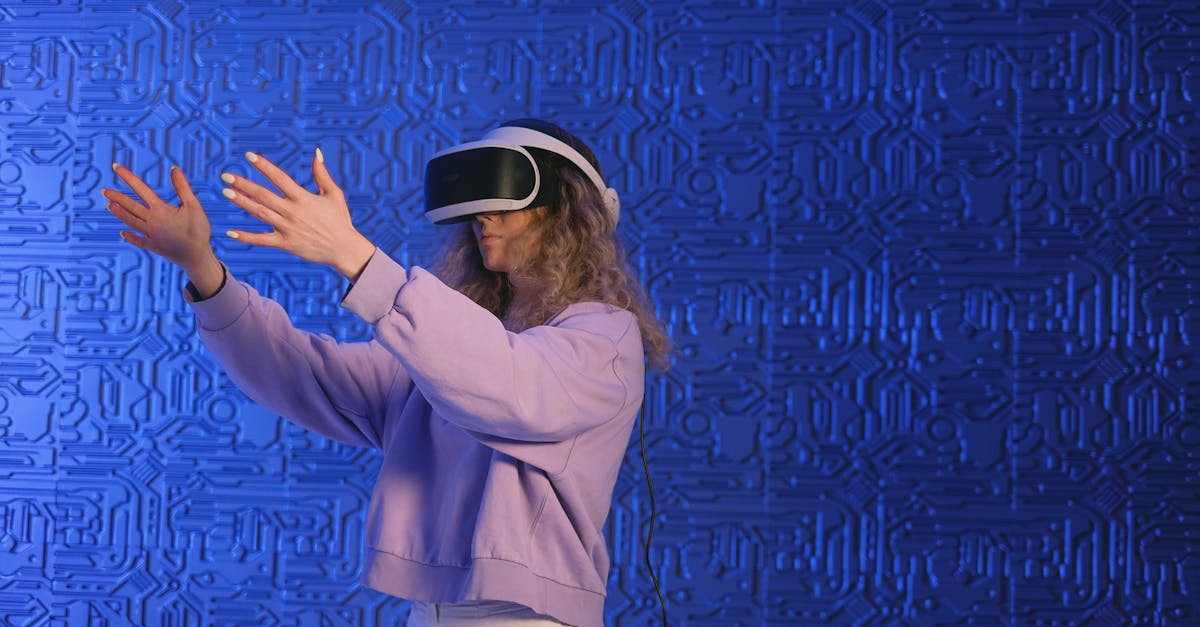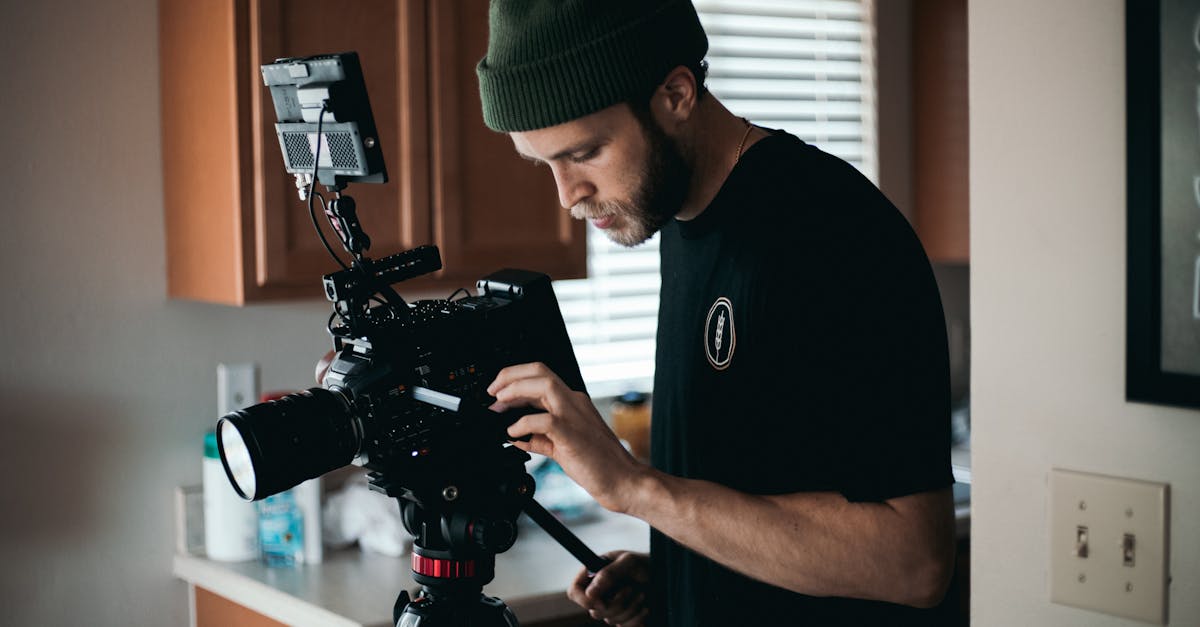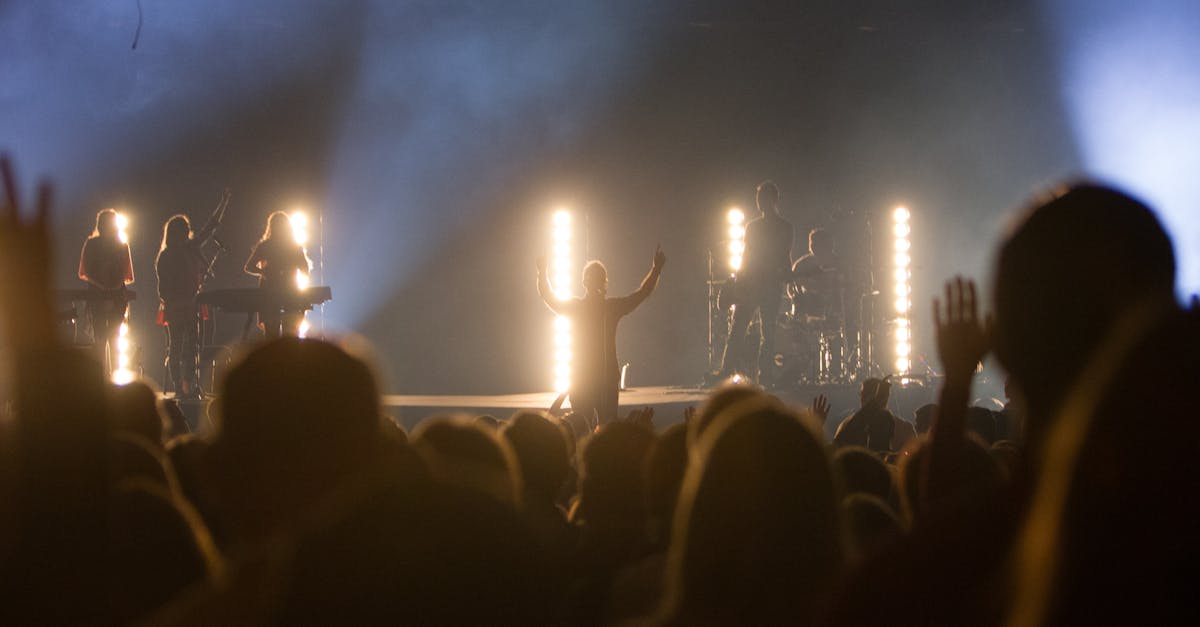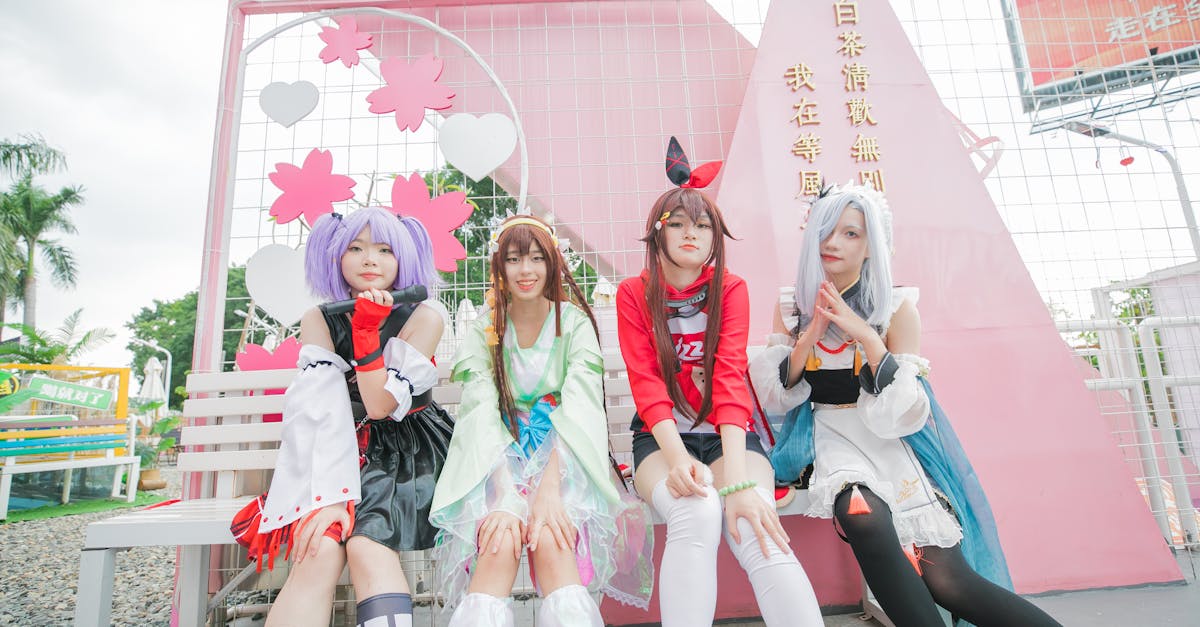Arts Entertainment's Digital Transformation Journey
Introduction
In recent years, the arts and entertainment industry has experienced a sweeping digital transformation, significantly altering how content is created, distributed, and consumed. From virtual reality exhibitions to streaming platforms, the landscape of visual and performing arts is rapidly evolving. With these advancements, artists and entertainment providers can reach a broader audience, bringing more diverse voices to the forefront. However, this shift is not without challenges, as traditional methods and new technologies collide. This article explores the intricacies of this transformation, uncovering both its opportunities and obstacles. Let's delve into how digital innovations are reshaping this vibrant industry.
Advertisement
The Impact of Streaming Platforms
Streaming services have revolutionized the way people experience art and entertainment. Platforms like Netflix and Spotify enable consumers to access vast libraries of films, series, and music instantly, transcending geographical limitations. This convenience increases exposure for artists while allowing audiences to discover genres they wouldn't encounter otherwise. From indie films to international music, previously niche sectors are gaining traction, evidenced by the rising demand for diverse content. However, this shift raises questions about artistic ownership and fair compensation, as artists navigate the dynamics of intellectual property in the digital age.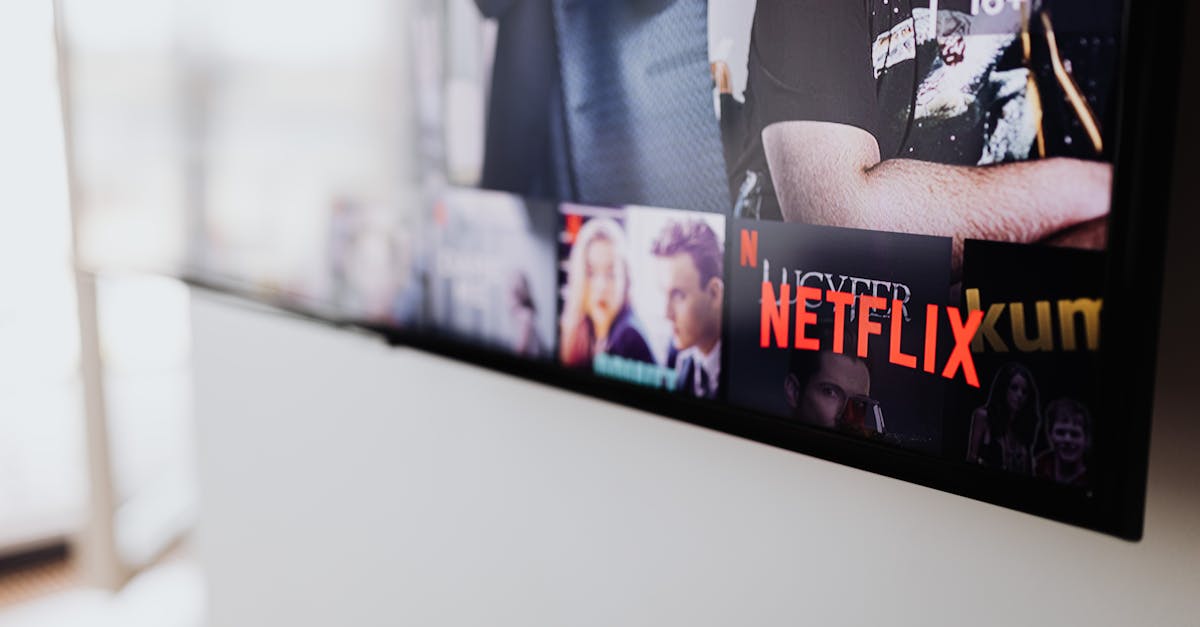
Advertisement
Virtual and Augmented Reality Experiences
Virtual reality (VR) and augmented reality (AR) have added new dimensions to artistic expression, immersing audiences in unparalleled experiences. Museums and galleries now offer virtual tours, allowing patrons to "visit" exhibitions from their homes. AR apps enhance live performances, providing real-time visual effects that interact with audiences. This not only makes art more accessible but also invites creativity, inspiring artists to develop interactive installations. Yet, the high costs of VR and AR technologies can be prohibitive for smaller organizations, creating disparities in technological access.
Advertisement
Social Media as a Creative Catalyst
Social media platforms have emerged as powerful tools for artists and performers to share their work and connect with their audiences. Artists actively engage with fans and peers, fostering vibrant online communities where feedback and collaboration thrive. Through Instagram, TikTok, and YouTube, creatives showcase their skills, build their brand, and even monetize their content. However, with this democratization of content also comes information overload and creative burnout, as constant exposure to a worldwide audience demands continuous innovation and engagement.
Advertisement
AI and Machine Learning in Content Creation
Artificial intelligence (AI) and machine learning have begun playing pivotal roles in content creation and curation processes. AI algorithms analyze consumer preferences, tailoring recommendations for users, which improves the likelihood of discovering new content. Artists employ machine learning to generate unique compositions, explore visual art concepts, and even produce music. Despite this, ethical concerns arise regarding the extent to which AI should participate in creative processes, questioning whether these technologies can replicate genuine human emotion and artistic integrity.
Advertisement
Blockchain and NFTs in the Art Market
The emergence of blockchain technology and non-fungible tokens (NFTs) has radically altered the art market, offering new avenues for monetization and provenance tracking. Deemed the digital "art certificate," NFTs empower artists to authenticate their work and receive royalties for secondary sales. Collectors and creators thus participate in a transparent and traceable marketplace. Nevertheless, debates over environmental impact and market volatility persist, as some remain skeptical about the long-term viability of NFTs in sustainable artistic practices.
Advertisement
Collaborations Across Media
Digital transformation is fostering unprecedented collaborations across various forms of media and entertainment. Artists and technologists join forces, blending disciplines to create innovative art forms such as interactive video installations, transmedia storytelling, and hybrid live performances. This synergy expands creative possibilities, breathing new life into traditional and emerging formats. Yet, these collaborations necessitate balancing diverse perspectives and skill sets, complicating project dynamics and ensuring equitable contributions.
Advertisement
The Role of Artificial Intelligence in Audience Engagement
Artificial intelligence enhances audience engagement by providing personalized experiences and interactions. With AI, organizations collect and analyze data to tailor messaging and content, potentially increasing attendance and participation. Chatbots offer real-time assistance, improving accessibility and audience satisfaction. While AI serves as a valuable tool for audience outreach, it warrants careful implementation to avoid privacy concerns and ensure users feel genuinely connected to the content without it seeming mechanized.
Advertisement
Challenges in Bridging the Digital Divide
As digital transformation progresses, it uncovers disparities in access to technology and digital literacy across different demographics. Urban and affluent communities may benefit from cutting-edge innovations, while rural and underserved populations face obstacles in accessing these advancements. Initiatives promoting digital inclusivity and offering educational opportunities are critical in addressing this gap. Without proactive measures, economic and cultural divides within the arts and entertainment sectors risk widening, potentially stifling creativity and diverse representation.
Advertisement
Concluding Reflections
The digital transformation in arts and entertainment signifies a groundbreaking shift that has reshaped the industry, offering boundless opportunities for creativity and expression. As artists and businesses discover new ways to engage audiences, they must also remain mindful of ethical considerations, sustainability, and equitable access. Despite challenges, this evolution encourages innovative and inclusive art forms, fostering a global dialogue and cultural exchange. By embracing the digital future while acknowledging its complexities, we can ensure the arts and entertainment industry continues to thrive in a rapidly changing world.
Advertisement
